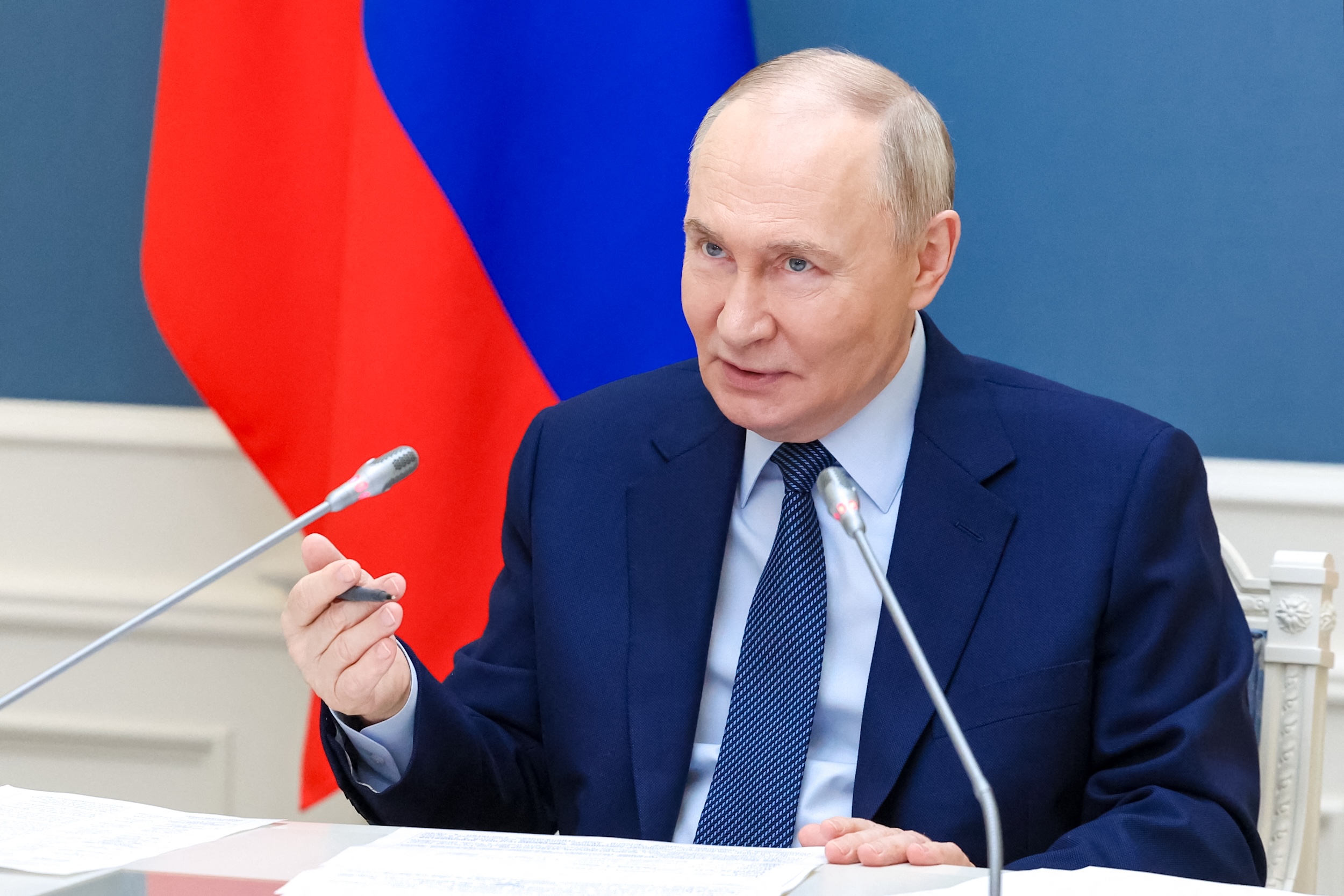
Russian President Vladimir Putin and U.S. President Donald Trump had a call last week, during which Putin signaled that Russia would be willing to work with Ukraine on a memorandum for future peace talks. Putin has stressed that any agreement would need to address the “root causes” of the war, while Ukrainian President Volodymyr Zelensky stated that Russia must accept an unconditional ceasefire or face further sanctions from Ukraine’s Western backers. President Trump is growing increasingly frustrated with Russia’s escalating campaign, asserting that Putin is “playing with fire” and additional sanctions may follow. A lasting peace looks far away, and despite a recent U.S.-Ukraine minerals deal, President Trump should make good on his threat to back away from the conflict.
The collapse of the Soviet Union ushered in a unipolar world where the U.S. pursued expansion of the NATO military alliance to include former Soviet-bloc countries. In 1999, the Czech Republic, Hungary, and Poland joined. By 2004, NATO expansion included the Baltic states of Estonia, Latvia, and Lithuania. At the 2008 Bucharest Summit, NATO extended its open-door policy to Ukraine and Georgia, despite a warning that Ukrainian entry into NATO was the “brightest of all redlines” for Putin. Putin himself reiterated that NATO expansion to Russia’s borders was a “direct threat” to Russian security.
Ukraine’s drift away from Moscow’s sphere of influence was halted in November 2013 when Ukrainian President Viktor Yanukovych refused to sign an association agreement with the European Union. That decision sparked mass protests, known as “Euromaidan,” and in February 2014 culminated in political upheaval that ousted Yanukovych. Subsequently, Russia annexed Crimea, pro-Russian separatists proclaimed the independence of the oblasts that comprise the Donbas region, and the Russo-Ukrainian war began.
The U.S. ramped up its involvement by funding and training Ukrainian paramilitaries in 2015 as the Donbas phase of the war became a frozen conflict. Senators John McCain (R-Az.) and Lindsey Graham (R-S.C.) toured Ukraine in early 2017, assuring Ukrainian military personnel that “your fight is our fight,” that “2017 will be the year of offense,” and that Russia must “pay a heavier price.”
Relations between Washington and Moscow cooled during the first Trump administration when the U.S. withdrew from the Intermediate-Range Nuclear Forces Treaty, a break from the more reasonable rhetoric toward Russia of the Trump campaign. Under President Joe Biden, relations continued to deteriorate when the U.S. refused to accept Putin’s “red line” that Ukraine never be permitted to join NATO. Russia launched a full-scale invasion shortly after in February 2022.
Alexander KAZAKOV / POOL / AFP/Getty Images
Realistically, the U.S. is partially responsible for the war by fortifying Russia’s perception of a looming existential threat. Rather than insisting that Ukraine would join NATO and tearing up arms control agreements, the U.S. should have pursued diplomatic offramps. Now is the time for the U.S. to course correct and disentangle.
Russia has made clear that it will condition peace on a guarantee that Ukraine will never join NATO. Additionally, Moscow has stipulated that any agreement needs to include international recognition of the Russian-annexed territories of Crimea, Donetsk, Luhansk, Kherson, and Zaporizhzhia along with sanctions relief. Meanwhile, Ukraine has called for an unconditional ceasefire, which Russia has resisted as it would give Ukraine a chance to regroup while the Russian army slowly but surely advances throughout Ukrainian territory.
The U.S.-Ukraine minerals deal has added an unnecessary layer of complexity to peace negotiations. The deal establishes a joint reconstruction investment fund to invest in mineral, oil, and gas extraction projects. Although President Trump originally stipulated that any mineral deal must secure a $500 billion share of Ukraine’s rare-earth resources for the U.S. as compensation for military aid, the final deal is more favorable to Ukraine: although the U.S. has access to Ukraine’s rare-earth resources, all profits return to Ukraine for the first ten years with Ukraine having complete autonomy over how capital will be disbursed. The deal does not require Ukraine to reimburse the U.S. for the aid it has received.
The deal also includes an intrinsic partial security guarantee for Ukraine, as the U.S. will want to secure its investments. This stipulation, however, is inconsistent with President Trump’s previous claims that Europe would have to take a more prominent role in Ukraine’s security and commits the U.S. to a country where approximately 20 percent of the territory is occupied by Russia. Even more troubling is the fact that Russian-controlled territory is estimated to contain 40 percent of Ukraine’s mineral resources, valued at about $350 billion. This puts the U.S. directly at odds with one of Russia’s non-negotiable demands: that all occupied territories be recognized as Russian. There is an inherent tension between the U.S. supporting Ukraine in its war with Russia and accessing rare-earth minerals in Russian-occupied territory.
The minerals deal is not an explicit security commitment to Ukraine, meaning the U.S. can walk away at any time. The Trump administration should prioritize U.S. national interests and end U.S. involvement in this conflict. Rather than staying involved and risking this war becoming Trump’s war, the administration should stick to its position that this is not our war.
Robert Torres is a foreign policy analyst and JD candidate at the University of Connecticut School of Law. He previously earned a BA with honors in Political Science from the University of Connecticut.
The views expressed in this article are the writer’s own.
